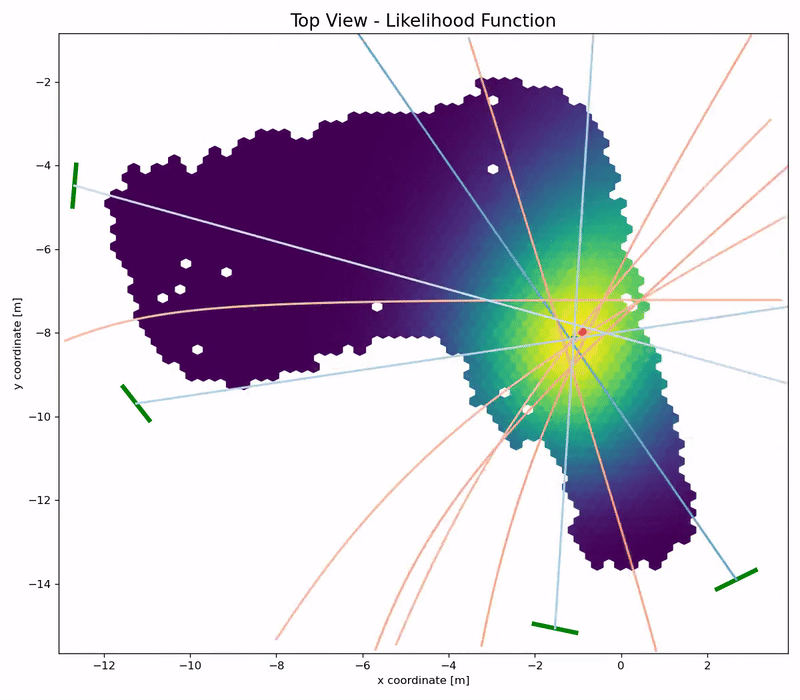Probabilistic 5G Indoor Positioning Proof of Concept with Outlier Rejection
The continuously increasing bandwidth and antenna aperture available in wireless networks laid the foundation for developing competitive positioning solutions relying on communications standards and hardware. However, poor propagation conditions such as non-line of sight (NLOS) and rich multipath still pose many challenges due to outlier measurements that significantly degrade the positioning performance. In this work, we introduce an iterative positioning method that reweights the time of arrival (ToA) and angle of arrival (AoA) measurements originating from multiple locators in order to efficiently remove outliers. In contrast to existing approaches that typically rely on a single locator to set the time reference for the time difference of arrival (TDoA) measurements corresponding to the remaining locators, and whose measurements may be unreliable, the proposed iterative approach does not rely on a reference locator only. The resulting robust position estimate is then used to initialize a computationally efficient gradient search to perform maximum likelihood position estimation. Our proposal is validated with an experimental setup at 3.75 GHz with 5G numerology in an indoor factory scenario, achieving an error of less than 50 cm in 95% of the measurements. To the best of our knowledge, this paper describes the first proof of concept for 5G-based joint ToA and AoA localization.
PDF Abstract
